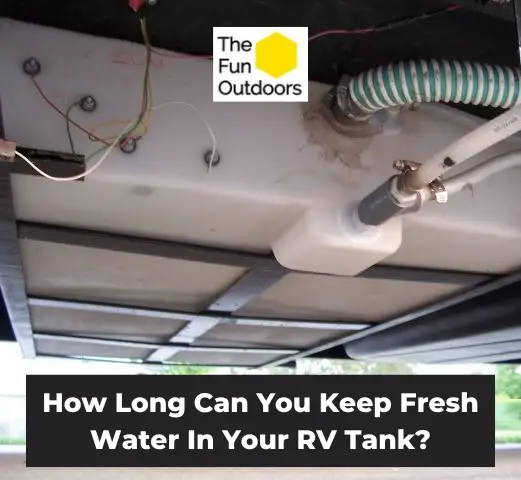Recreational vehicles (RVs) are designed to provide the comforts of home while on the road, one of which is the convenience of a fresh water supply. Proper maintenance of the RV’s freshwater tank is crucial to ensure that the water remains safe and consumable. A commonly asked question among RV owners is: How long can you keep fresh water in your RV tank?
The general rule of thumb for keeping freshwater in an RV tank is approximately two weeks. This timeline is based on the assumption that the water has come from a reliable source and the tank has been well-maintained and clean. Beyond the two-week period, the risk of bacterial or microbial growth in the water increases, ultimately compromising the quality, taste, and safety of the water.
It’s important to note that the two-week timeline is for situations where the water is intended for consumption, such as drinking or cooking. However, for non-consumption uses like showering, washing dishes, or flushing toilets, the water can be kept for a longer period. Ensuring regular maintenance and cleaning of the water tank is vital to maintaining a healthy and safe water supply in your RV.
We’ll go over everything you need to know about RV fresh water tank shelf life in today’s guide.
How Long Can You Keep Fresh Water In An RV Tank?
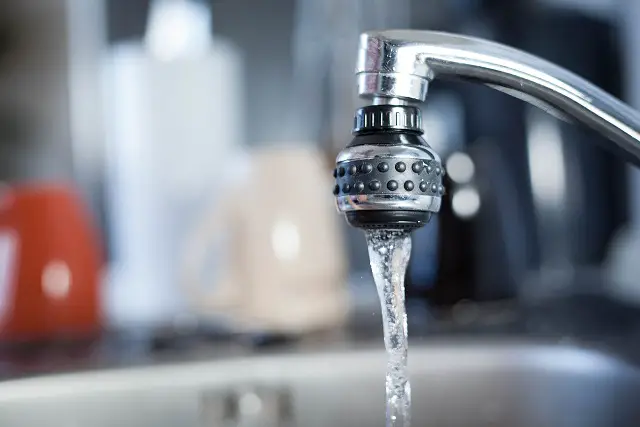
Fresh water is an essential component of RVing, and maintaining clean and safe water in the RV tank is crucial. Generally, it is advised to keep fresh water in an RV tank for a maximum of two weeks if the water is not being used and refilled during that period. Beyond this timeframe, water sitting unused in a tank can become unsafe and undrinkable.
Several factors contribute to the quality of stored water in an RV tank. It’s super important to use a non-toxic hose designed specifically for drinking water when filling the tank. Regular garden hoses may have lead fittings and non-safe liners, which could contaminate the water supply. Use a suitable hose and dedicate it solely to filling the water tank.
In cases where fresh water needs to be stored in the tank for an extended period, treating the water with suitable chemicals or using a filtration system can help maintain its quality. Regularly testing the water is essential to determine its safety and to ensure the proper functioning of the RV’s water system.
One limitation to consider is that an RV’s fresh water tank is not completely sealed, and it typically has a vent at the top. While the Center for Disease Control and Prevention (CDC) and the Federal Emergency Management Agency (FEMA) suggest that fresh water can be stored for up to six months in a sealed container, this guidance does not apply to RV tanks due to potential air exposure.
Basics of Fresh Water in RV Tanks
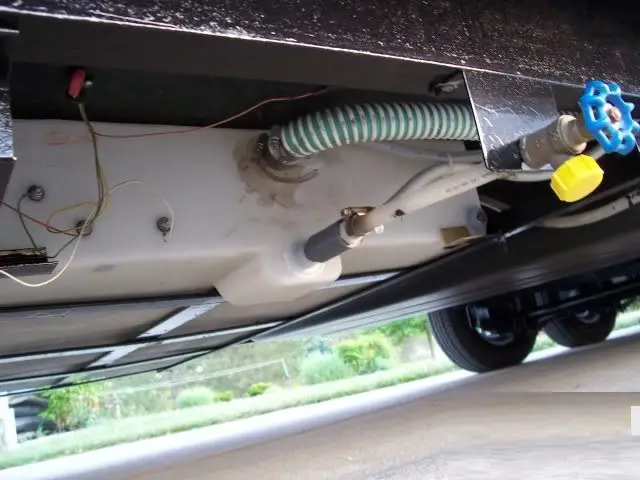
Importance of Fresh Water for RV Living
Fresh water is essential for RV living as it comprises one of the most important resources required for day-to-day activities. These include drinking, cooking, bathing, doing laundry, and washing dishes. The ability to access and store fresh water can greatly affect the comfort level and convenience of RV living.
The Role of Fresh Water Tanks
Fresh water tanks play a crucial role in RV living as they store the freshwater needed for various activities. They are specifically designed to maintain water quality and prevent contamination.
A well-maintained RV fresh water tank allows users to have a dependable source of clean water during their travels. It is vital to monitor water levels and keep the tanks clean and sanitized to ensure safe and clean water supply.
Different Types of RV Water Tanks
There are three main types of water tanks in an RV water system:
- Fresh Water Tank: This tank stores the fresh water that is used for drinking and other household purposes. It is essential to regularly fill this tank with clean, potable water from a reliable source and consume it within two weeks to avoid bacterial growth or contamination.
- Gray Water Tank: The gray water tank collects water from sinks and showers that can no longer be used for drinking or cooking but can be reused for other purposes, such as flushing the toilet. This tank should be emptied and cleaned regularly to prevent odors and buildup.
- Black Water Tank: The black water tank collects water from toilets and is considered waste. This tank must be emptied and sanitized frequently to avoid odors, bacterial growth, and damage to the RV water system.
Proper management of each of these water systems is vital for maintaining RV hygiene and ensuring a reliable supply of fresh water for daily activities.
Maintaining Clean Fresh Water
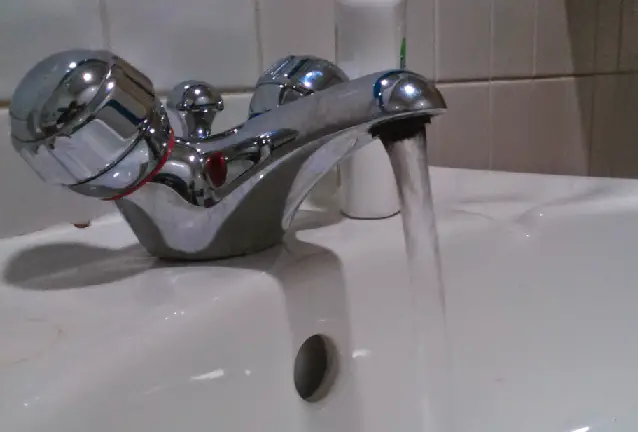
Maintaining clean fresh water in an RV tank requires preventive measures and regular maintenance. In this section, we will discuss how to prevent bacteria, algae, and mold growth, as well as proper sanitizing and cleaning techniques for your fresh water tank. Additionally, we will highlight the importance of using water filters to improve water quality.
Preventing Bacteria, Algae, and Mold Growth
To maintain clean water and prevent the growth of bacteria, algae, and mold, it is important to follow best practices when filling and storing water in your RV freshwater tank:
- Always use a potable water hose and be sure to keep the hose end off the ground.
- Avoid filling your tank with water from questionable sources, and always opt for a reliable and clean source whenever possible.
- Keep your fresh water in the tank for no more than two weeks, as holding water for longer periods can increase the risk of bacterial and microbial growth. If you are not using your RV, it’s advisable to drain the fresh water tank and refill it before your next trip.
Sanitizing and Cleaning Your Fresh Water Tank
The key to maintaining a clean water supply is periodic sanitizing and cleaning of your RV’s fresh water tank. Here’s how to sanitize your RV fresh water tank:
- Drain the entire freshwater tank, including water heater and low-point drain.
- Create a sanitizing solution by diluting 1/4 cup bleach in a gallon of water.
- Add the sanitizing solution to your freshwater tank by pouring it through the freshwater inlet.
- Fill the tank with potable water, run the water pump, and open all faucets until you smell the bleach solution coming out of the taps.
- Turn off faucets, disconnect the water source, and let the sanitizing solution sit for at least 4 hours or overnight for best results.
- Drain the freshwater tank again, along with the water heater and low-point drain.
- Refill the tank with clean water to flush out any remaining sanitizing solution, run the water through the entire system, and drain once more.
- Your RV fresh water tank is now sanitized, and you can fill it with potable water for use.
Using Water Filters to Improve Water Quality
Installing a water filter in your RV can help improve water quality and protect you from contaminants, parasites, and other impurities found in various water sources. There are different types of water filters available, such as inline filters, under-sink filters, and whole RV filtration systems.
Choosing the right filtration system for your needs will ensure clean water for drinking, cooking, and bathing during your RV adventures. In addition to removing contaminants, filtered water will also help extend the life of your RV’s water pump, water heater, and other plumbing components.
Regularly replacing your water filters according to the manufacturer’s recommendations will ensure you maintain an optimal level of cleanliness and water quality.
Maximizing Fresh Water Duration and Usage
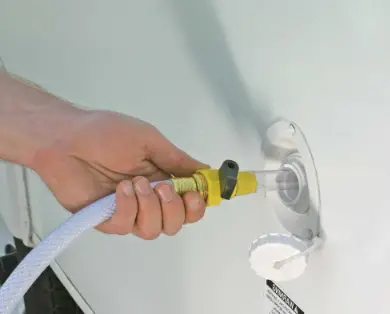
Can You Drink Water From An RV Freshwater Tank?
Yes, it is safe to drink water from an RV freshwater tank as long as it has been properly treated and maintained. Ensure that the water source is reliable, and the tank is clean.
If the water has been sitting in the tank for more than two weeks, it may become unsafe to drink due to bacterial growth.
Determining the Right Amount of Fresh Water for Your Needs
Each person in your household should have at least one gallon of water per day for a 3-day to a 2-week period. This takes into account the following daily activities:
- Drinking: At least ⅕ gallon (2 quarts)
- Cooking: Varies based on meals prepared
- Washing dishes: Varies based on quantity of dishes and frequency
To calculate the appropriate amount of fresh water needed for your RV tank:
- Determine the number of people in your household
- Estimate the number of days you plan to be away
- Adjust for additional water-intensive activities (such as showering)
- Add a buffer to prevent running out of water in case of emergencies
Optimizing Water Usage for Cooking, Washing Dishes, and Showering
To maximize the duration of fresh water, follow these guidelines:
- Use smaller amounts of water for cooking, such as using a water mixture to clean produce instead of running water
- Use a dish basin and minimal water when washing dishes; avoid constant running water
- Take short showers (<5 minutes) or use a water-saving showerhead
- Limit shower usage to once every two days when boondocking
- Use leftover boiled water for other purposes, such as washing dishes
Monitoring Temperature and Pressure for Longer-lasting Fresh Water
Store your RV tank in a location that protects it from direct sunlight and extreme temperature fluctuations. Sunlight and high temperatures can promote bacterial growth in the water, while freezing temperatures can cause damage to the water tank and plumbing.
When filling the fresh water tank, make sure to use a potable water hose and a pressure regulator for city water connections. This helps maintain the right pressure and prevents overfilling the tank or damaging the RV’s water management system. A water filter can be included at the point of filling to improve the quality of water entering the tank.
By following these guidelines, you can effectively maximize the duration and usage of fresh water in your RV tank.
Potential Issues with Fresh Water Storage
How Long Can Fresh Water Safely Be Stored in an RV Tank?
Fresh water in an RV tank can remain drinkable for up to two weeks, depending on the quality of the water and the tank’s condition. It is essential to ensure proper sanitation and maintenance of the tank by regularly cleaning it, using reliable water sources, and keeping an eye on the storage temperature. It’s also recommended that chlorinated water is used, as it can last longer in tightly capped tanks.
Addressing Water Quality Concerns
To maintain water quality in an RV tank, it’s essential to:
- Use reliable water sources: The quality of the water source will greatly influence the lifespan of stored water. Ensure that the water comes from a clean and trustworthy source.
- Frequently clean the tank: Regularly cleaning the tank is crucial to avoid potential contamination from bacteria and algae growth.
- Manage storage temperature: Storing water at a cooler temperature can help prolong its drinkable state, as higher temperatures can facilitate increased bacterial growth.
- Use chlorinated water: Chlorinated water can last longer in an RV tank, as it helps inhibit the growth of harmful microorganisms.
Contamination
Contamination in an RV’s fresh water tank can lead to the growth of pathogens, posing a potential health risk. Some causes of contamination and resulting pathogens are:
- Bacteria: If the tank is not properly sanitized or maintained, bacteria can grow and contaminate the water. Ensuring a clean and well-maintained tank can help prevent bacterial growth.
- Algae: Algae can proliferate in an RV tank if the water is exposed to sunlight and not adequately maintained. To combat algae growth, keep the tank shielded from sunlight and regularly clean it.
- Chemicals: Accidental exposure of the tank to cleaning agents or other chemicals can lead to contamination. Be cautious when using chemicals around the water tank and always rinse thoroughly.
By addressing these concerns and maintaining regular cleaning and sanitation measures, one can prevent contamination and keep fresh water safely stored in their RV tank.
Frequently Asked Questions
While it’s possible to drink old water from your RV tank, it’s generally not recommended to consume water that has been sitting in the tank for more than two weeks. Over time, the water can become stale, develop algae, or become contaminated with bacteria, mold, and parasites. It’s best to drain and refill the tank regularly, especially before extended trips, to ensure a fresh and safe water supply.
Using old RV freshwater for bathing depends on the water’s age and quality. While it may not be harmful to use water that has been sitting in your tank for less than two weeks for bathing purposes, it’s not recommended to use older, potentially contaminated water. Regularly draining and refilling the tank, and following proper tank sanitization practices, can help ensure safe water for bathing.
Similar to bathing, using old RV freshwater for washing dishes is acceptable if the water has been in the tank for less than two weeks and has not become contaminated. To maintain a safe water supply for dishwashing, it’s important to regularly drain and refill the tank and follow proper tank maintenance and sanitization procedures.
ome signs of an RV freshwater tank problem include:
Unusual odors or taste in the water
Discolored water
A noticeable decrease in water pressure
Growth of algae or mold in or around the tank
If you notice any of these signs, it’s important to address the issue promptly, such as by cleaning and sanitizing the tank or seeking professional assistance.
To test the quality of your RV freshwater tank:
Obtain a water testing kit, which can be found at most home improvement stores and online retailers.
Collect a water sample from your RV tank following the kit’s instructions.
Complete the test per the kit’s guidelines, typically involving adding chemicals to the sample and waiting for a color reaction.
Compare the results to the provided charts or guidelines from the testing kit to determine the water’s quality, such as pH level, bacteria count, or other contaminants.
If the results reveal that the water quality is unsatisfactory, take appropriate steps to clean and sanitize the RV freshwater tank.

